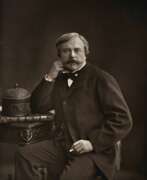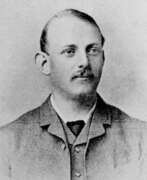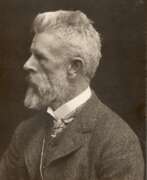Historians Naturalism
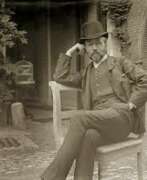

Jacques de Lalaing was an Anglo-Belgian painter and sculptor, specializing in animals. Lalaing was raised in England until 1875, when he moved to Brussels. He trained as an artist under Jean-François Portaels and Louis Gallait at the Académie Royale des Beaux-Arts in Brussels. With the encouragement of Thomas Vinçotte and Jef Lambeaux, Lalaing began to sculpt in 1884. As a painter he continued to work in a realistic, naturalistic style, as a portrait painter and producing historical scenes. As a sculptor he produced allegorical bronzes and memorial art. Along with his fellow animalier sculptors Léon Mignon and Antoine-Félix Bouré Lalaing established a distinctively Belgian tradition of animal art, to which the flourishing Antwerp Zoo contributed inspiration. In 1896 Lalaing became a member of the Royal Academy where he had studied, and from 1904 through 1913 he served as its director. His works are represented in the collections of museums in Antwerp, Bruges, Brussels, Ghent and Tournai.
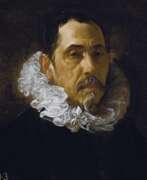

Francisco Pacheco del Río, baptized on November 3, 1564, and passing away on November 27, 1644, was a distinguished Spanish painter. Renowned for his dual role as Diego Velázquez's teacher and father-in-law, Pacheco's influence extends beyond his familial ties, contributing significantly to the arts through his seminal textbook, "Art of Painting." This work remains a crucial resource for understanding 17th-century artistic practices in Spain. Often referred to as the "Vasari of Seville," Pacheco's insights into painting theories and reflections on his contemporaries have left an indelible mark on the history of art, despite criticisms of his conventional execution in painting.
Pacheco's early life was marked by an immersive education in art, learning from Luis Fernandez and drawing inspiration from Italian masters. His journey included a pivotal sojourn to Madrid and Toledo in 1611 to study the works of El Greco, which further enriched his artistic repertoire. Upon his return to Seville, Pacheco opened an art school, laying the groundwork for his future contributions to art education and theory.
His career was notably characterized by his position as the official censor for Seville's Inquisition, which influenced his academic approach to religious subjects. Despite this, his paintings, such as the Last Judgment and Martyrs of Granada, are celebrated for their monumental scale. Pacheco's most enduring legacy, however, may be his influence on Diego Velázquez, whom he mentored for six years. Velázquez's marriage to Pacheco's daughter Juana in 1618 further solidified their personal and professional bonds. Pacheco's "Arte de la pintura" not only provided invaluable biographical information on Spanish painters of his era but also laid down foundational theories on iconography, materials, and technique.
For those interested in exploring Francisco Pacheco del Río's works further, notable pieces can be found in prestigious collections, such as the Museo Nacional del Prado, enriching our understanding of his impact on the art world.
Art enthusiasts, collectors, and experts are encouraged to sign up for updates to stay informed about new product sales and auction events related to Francisco Pacheco del Río, ensuring you remain at the forefront of developments in the fascinating world of art and antiques.
